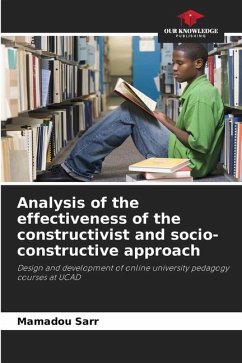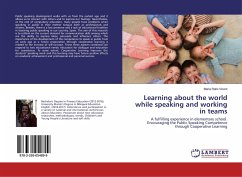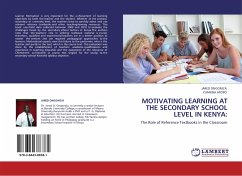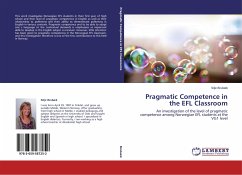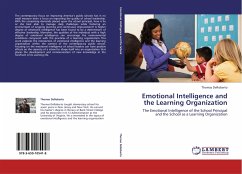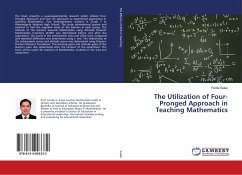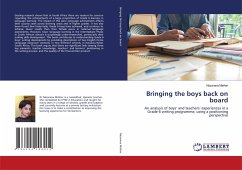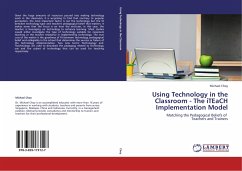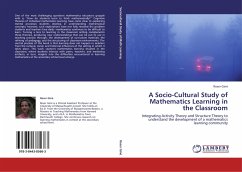
A Socio-Cultural Study of Mathematics Learning in the Classroom
Integrating Activity Theory and Structure Theory to understand the development of a mathematics learning community
Versandkostenfrei!
Versandfertig in 6-10 Tagen
52,99 €
inkl. MwSt.

PAYBACK Punkte
26 °P sammeln!
One of the most challenging questions mathematics educators grapple with is, How do students learn to think mathematically? Cognitive theories of individual mathematics learning have come close to explaining mental processes students develop in understanding mathematical concepts; however, such explorations have not fully resolved the problem students and teachers face daily mathematics continues to be difficult to learn. Turning a lens to learning in the classroom setting complements these theories, producing new understandings that can be put to use in teaching practice through: the developm...
One of the most challenging questions mathematics educators grapple with is, How do students learn to think mathematically? Cognitive theories of individual mathematics learning have come close to explaining mental processes students develop in understanding mathematical concepts; however, such explorations have not fully resolved the problem students and teachers face daily mathematics continues to be difficult to learn. Turning a lens to learning in the classroom setting complements these theories, producing new understandings that can be put to use in teaching practice through: the development of curriculum materials, the refining of pedagogy, and the structuring of classroom environments. The central premise of this book is that learning does not happen in isolation from the cultural, social, and historical influences of the setting in which it takes place. This work captures mathematics learning situated in the classroom, where students interact with peers, teachers, and mediating artifacts; in turn, insights into the difficulties encountered in learning mathematics at the secondary school level emerge.



